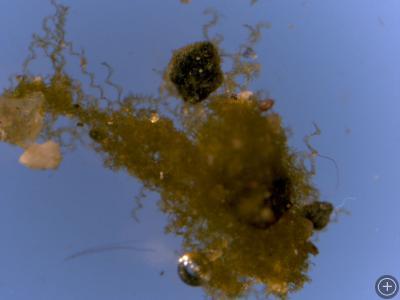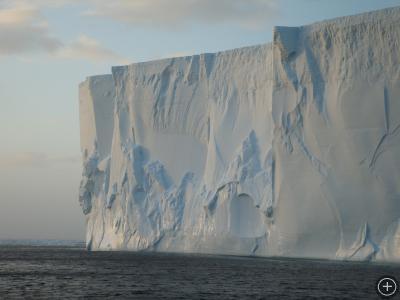Preparing for Antarctica
SAN DIEGO, CALIFORNIA– On Monday 26 May I will depart for Punta Arenas, Chile, in the tip of South America, on my way to the Weddell Sea in Antarctica. I will be on my way to participate in a 30-day cruise to study the effect of icebergs on the surrounding marine life.
Departing from San Diego, California, the trip will take about 23 hours. I leave home at noon on Monday and arrive in the afternoon of Tuesday. My team of 3 and myself will be studying the algae in water close to icebergs and attached to the icebergs’ walls. During a preliminary study in December 2005 we found that icebergs have a great impact: the floating algae or phytoplankton, marine animals, chemistry of the water, and birds all changed with iceberg transformations. Animals and phytoplankton congregated at a certain distance from the iceberg, forming a ring around it within two square nautical miles. This ring was greener (due to more algae) than the surrounding water and had more diatoms, the preferred food of one of the most important animals in Antarctic plankton: krill. We also found that algae can attach themselves to the icebergs walls, as can diatoms. These attached diatoms were a surprise, so we did not have the right equipment to study them.

Diatoms growing on the side of an iceberg in small mats about a quarter inch in size. Individual cells are connected to others forming a ribbon which curves and forms a helix. Each strand attaches itself to sand-grain size rocks included in the ice.
This time we are ready with improved underwater vehicles to collect the diatoms and better lab equipment to describe them and understand their role in their ecological community. We will be working with Ken Smith and Bruce Robinson from the Monterey Bay Aquarium Research Institute, developers of the new improved underwater instrumentation.
Icebergs are big pieces of floating ice, formed in the continent as glaciers and released to the ocean once the glacier comes in contact with the water. As the Antarctic Peninsula has been warming during the last 60 years, more and more icebergs are being released. One of the places with the most icebergs is the west Weddell Sea. We are heading to that general area, although we will not go deep south as it is winter and the sea ice would restrain travel. We expect a few hours of light and cold weather at this time of the year.
The three days in Punta Arenas will be busy as we get ready for the cruise departing on May 31st aboard the Antarctic research vessel Nathaniel B. Palmer. The time in port, (or the port call,) will be busy with moving boxes, supplies and instruments onto the ship, setting up the labs where we will be working, and checking all instruments are ready. The most crucial issue is to make sure we take everything we need for the duration of the cruise as there is no coming back to port for things forgotten, nor is there any place to buy what we need. Another important activity is getting outfitted with cold-weather gear provided by the National Science Foundation.










this is so intresting spread it to the world